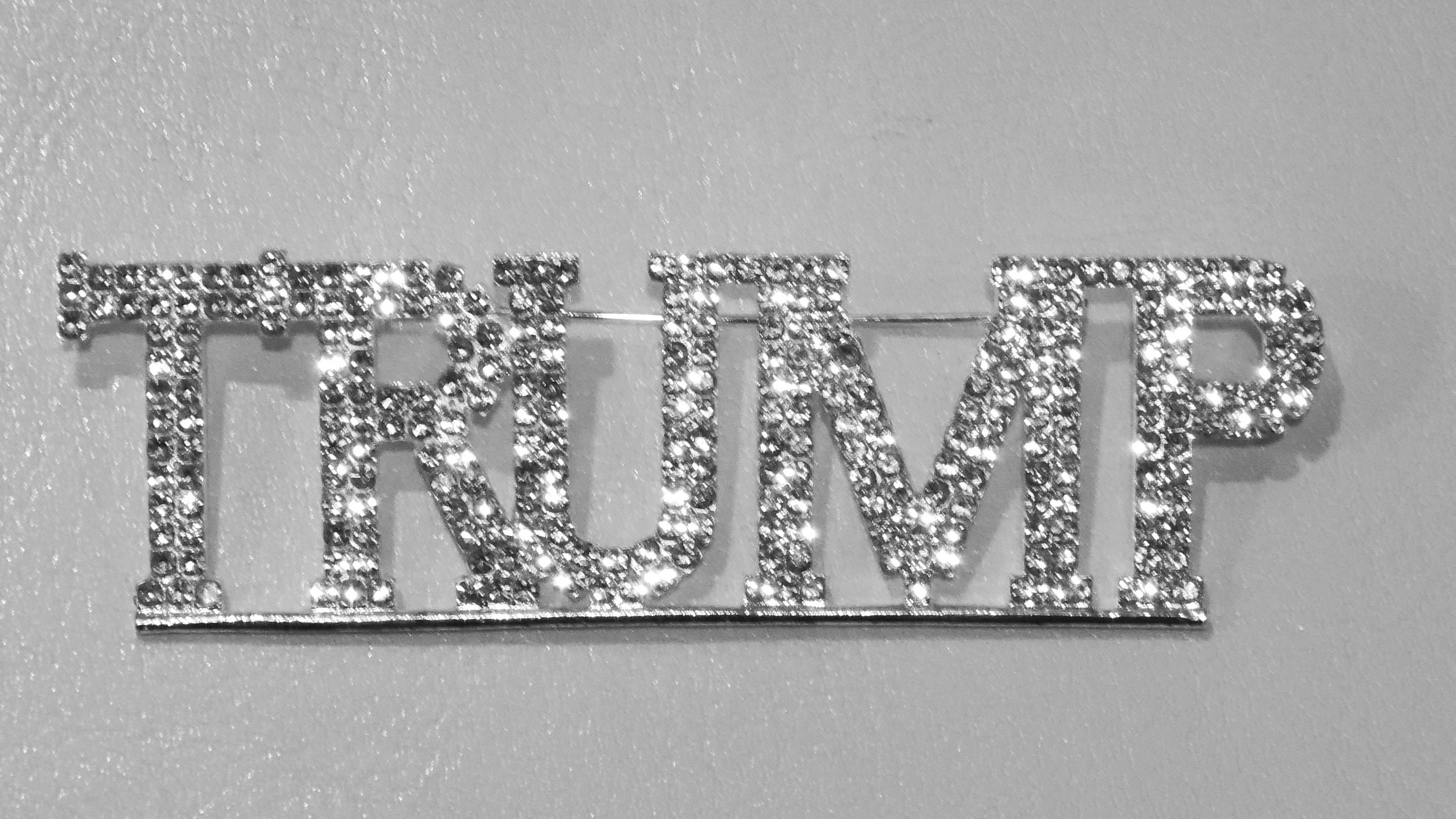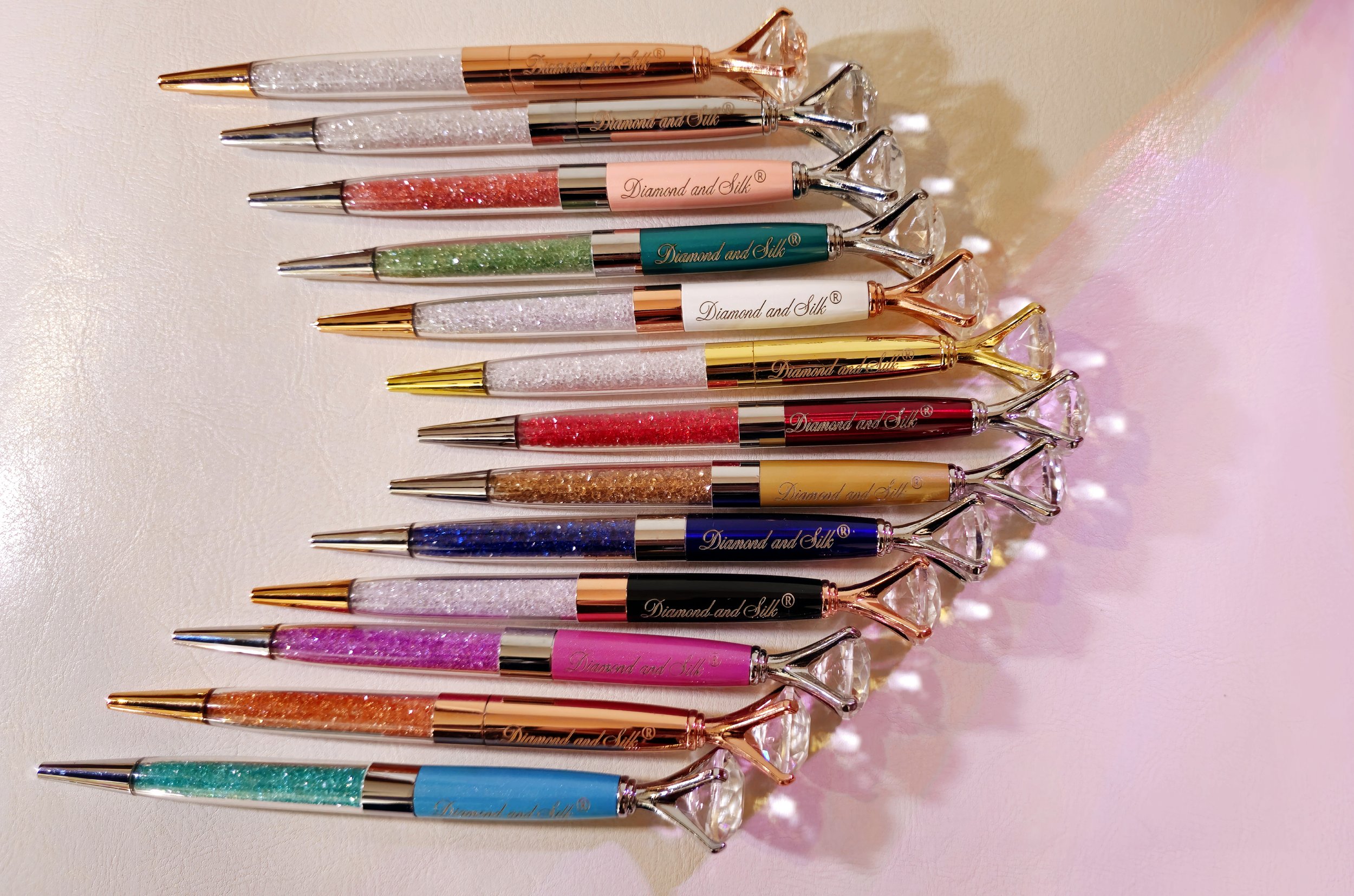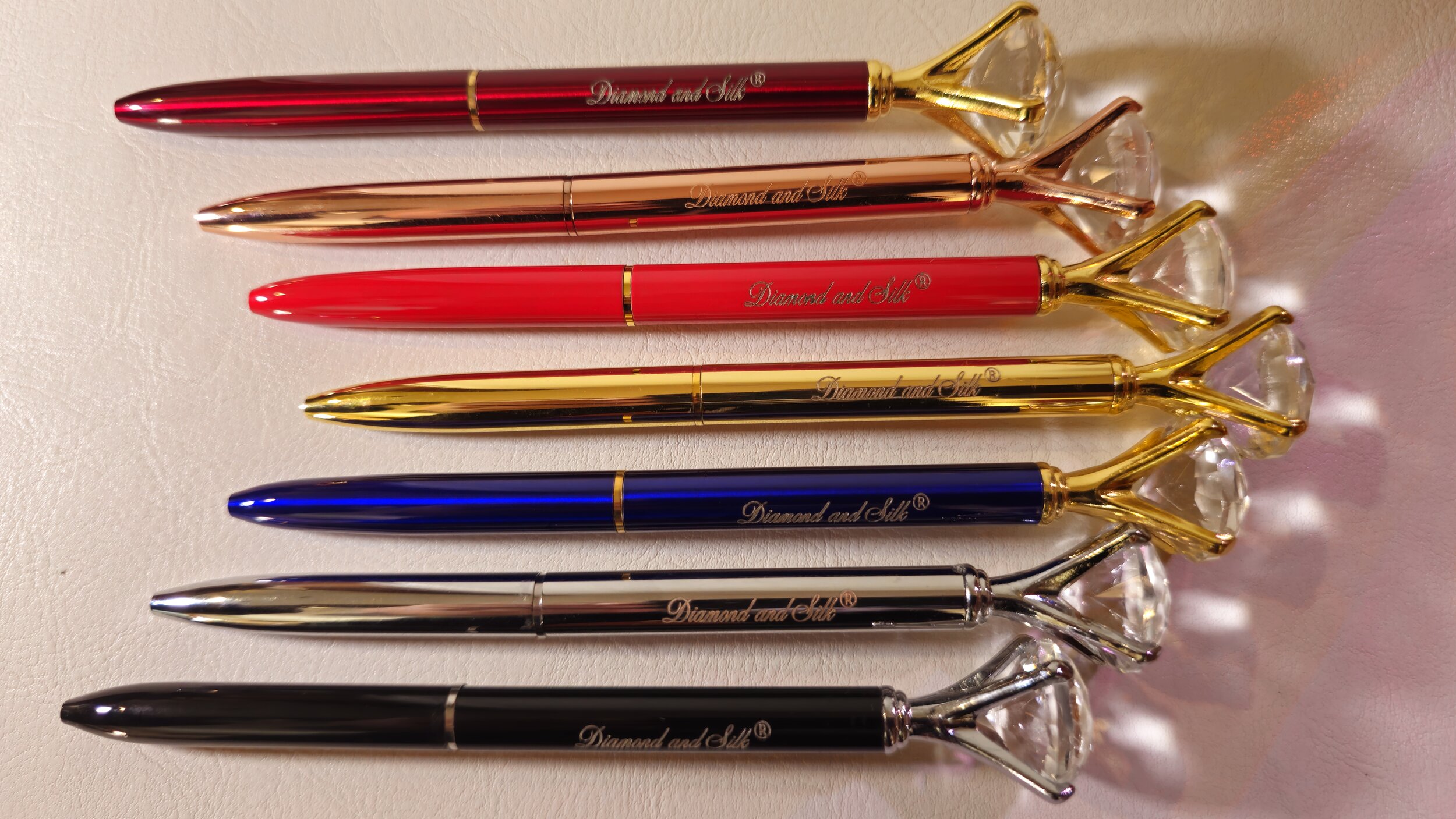Mars Wrigley Confectionery Rejects Health Secretary Kennedy’s Push to Remove Artificial Dyes From Its M&Ms
By The Blog Source
Health Secretary Robert F. Kennedy Jr. is facing fierce resistance in his campaign to eliminate synthetic food dyes from one of the largest candy makers in the world. Mars, the parent company of M&M’s and Skittles, confirmed this week that it has no plans to remove artificial colors from its candy line, despite a public commitment in 2016 to do just that.
In a statement to the New York Times, the company said its products are “safe to enjoy and meet the high standards and applicable regulations set by food safety authorities around the world.” Although Mars has made some minor changes, including the removal of titanium dioxide from Skittles, the company still depends on artificial colorings because of cost concerns, supply issues, and consumer demand for vibrant candy.
The National Confectioners Association is backing Mars. “People can freely buy cannabis, THC products, alcohol, and cigarettes—but vibrantly colored candy is an issue? Spokesman Christopher Gindlesperger expressed his frustration to The New York Post. He added that consumers are already aware that candy is a treat containing sugar and approved additives and that the industry is committed to “science-based evaluation of food additives” to help build public trust.
Gindlesperger said the cost and scarcity of natural alternatives make a rapid shift away from synthetic dyes impractical. “Companies need time to find alternatives,” he noted, warning that switching now could drive up prices.
RFK Jr.’s effort comes amid mounting concerns about the effects of petroleum-based dyes on children’s behavior and broader public health. Several food industry heavyweights—including Nestlé, General Mills, PepsiCo, Kraft Heinz, and ConAgra—have pledged to phase out synthetic dyes by the end of 2027 in response to growing consumer pressure.
State legislatures have also begun stepping in where federal agencies have not. West Virginia has enacted one of the most aggressive laws, banning seven dyes and two preservatives from school meals beginning August 1, 2025, and from all foods sold in the state by January 2028. California will outlaw Red Dye No. 3 and other additives starting in 2027, with a separate school-focused ban rolling out later that year. Utah’s ban took effect last year, while Virginia’s will take effect in 2027. Texas is requiring clear warning labels on foods containing more than 40 artificial additives beginning in 2027.
Despite this momentum, the candy industry remains firmly resistant. For now, companies like Mars are betting that consumers still prefer their candy the way it has always looked—bright, colorful, and full of synthetic dyes.
To join the Diamond and Silk Monthly Supporter Program, visit http://SupportDiamondandSilk.com.
Lindell TV, VOCL, ChatDit, Rumble, TruthSocial, and Diamond and Silk Media are all excellent ways to stay connected with Diamond and Silk.









































